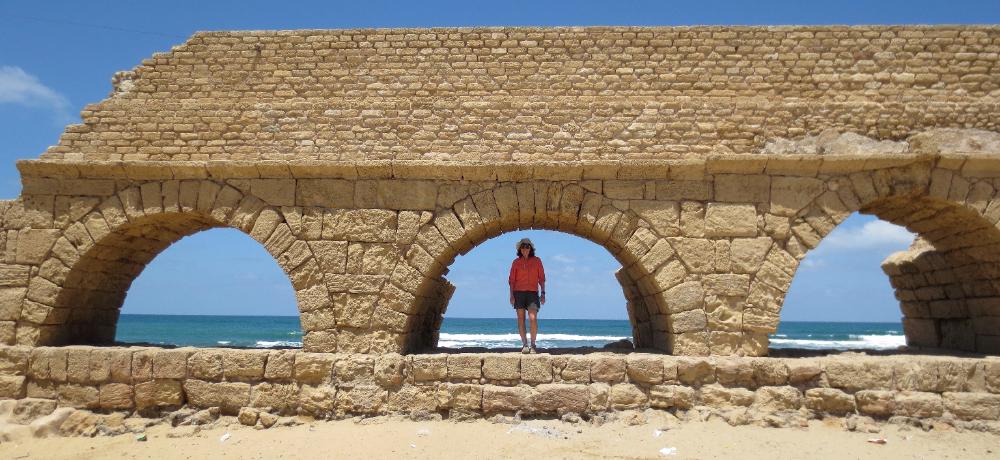
Where We Be
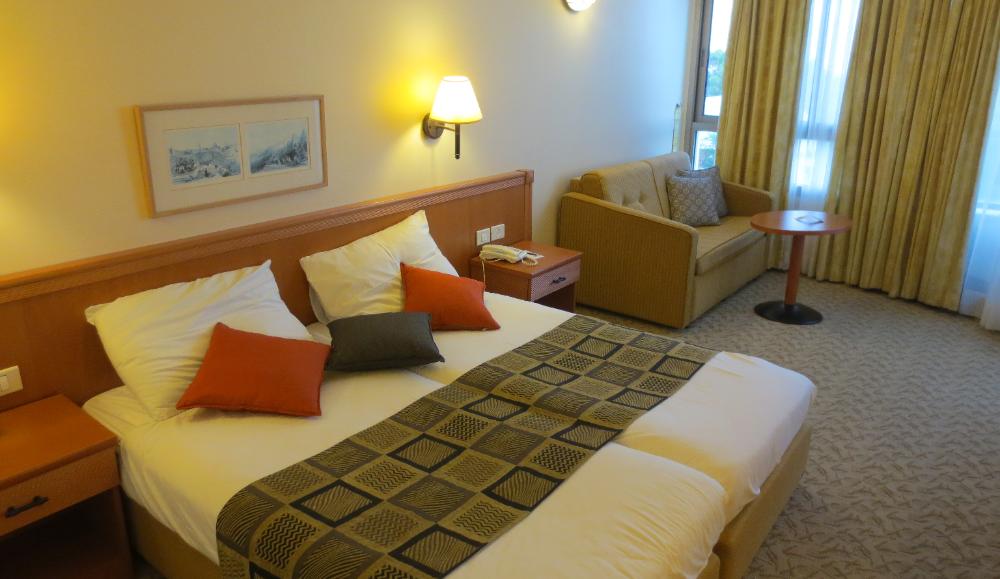
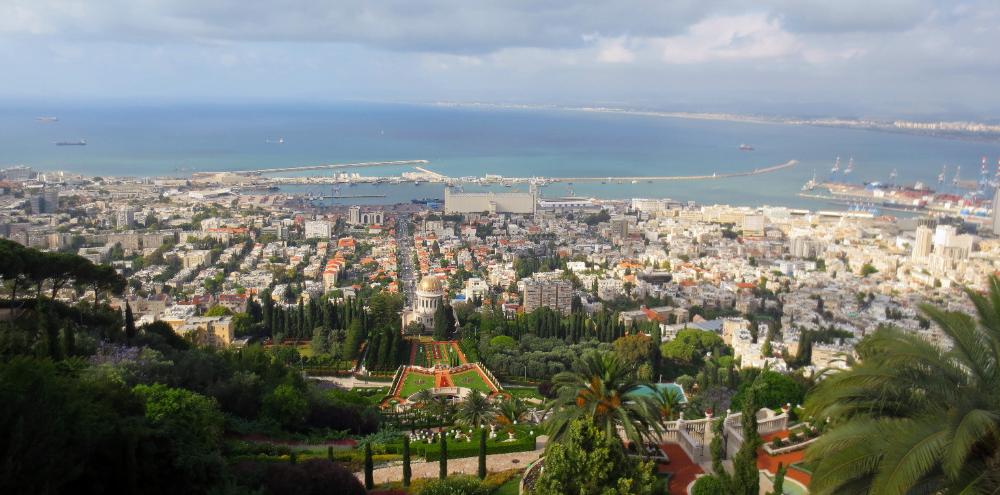
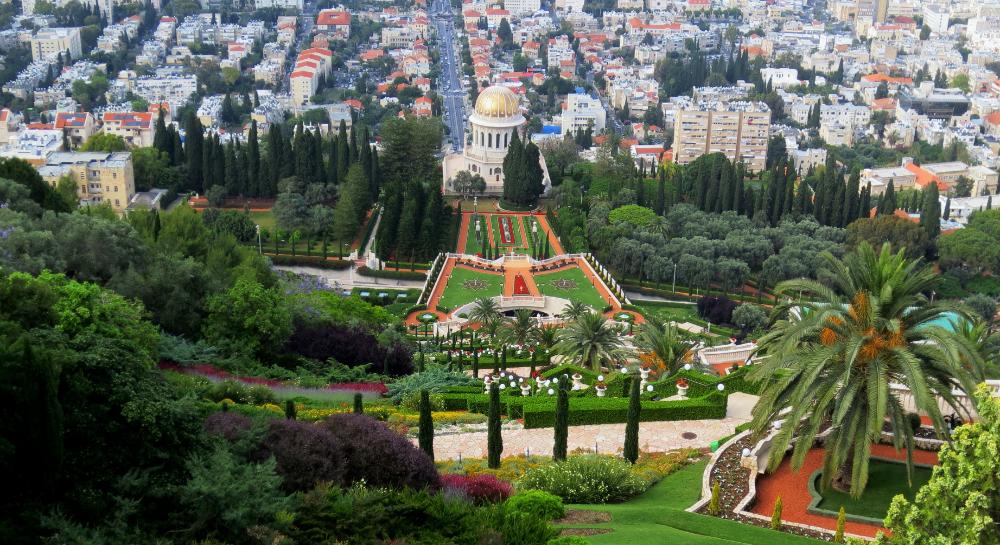
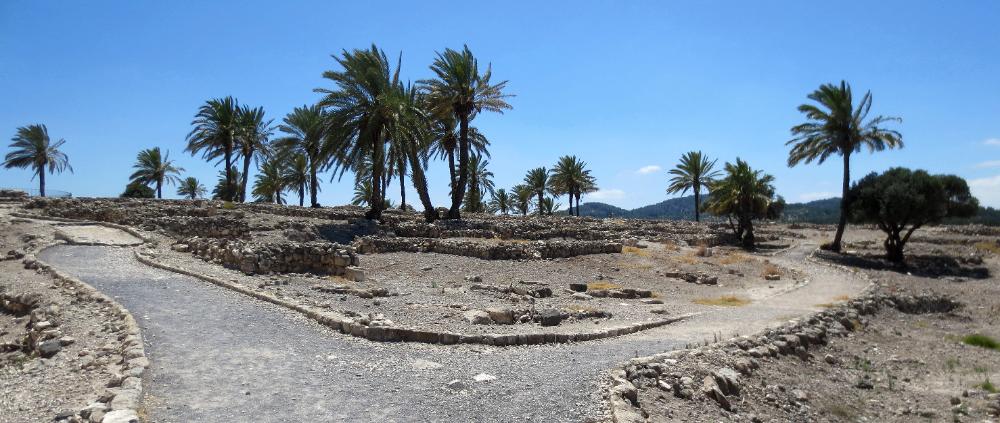
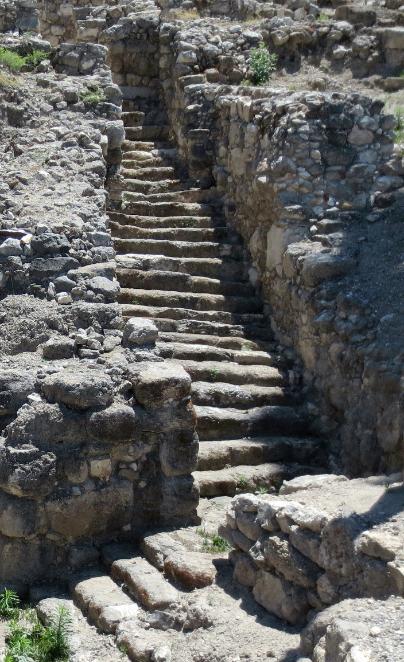
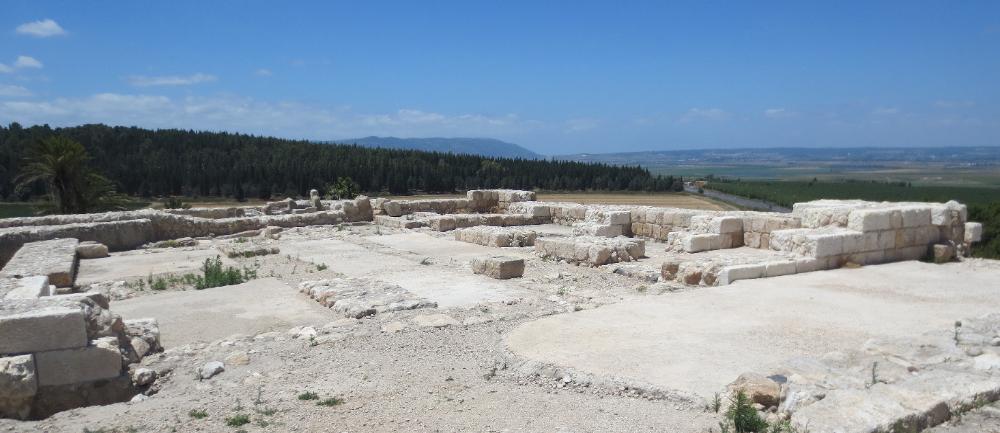
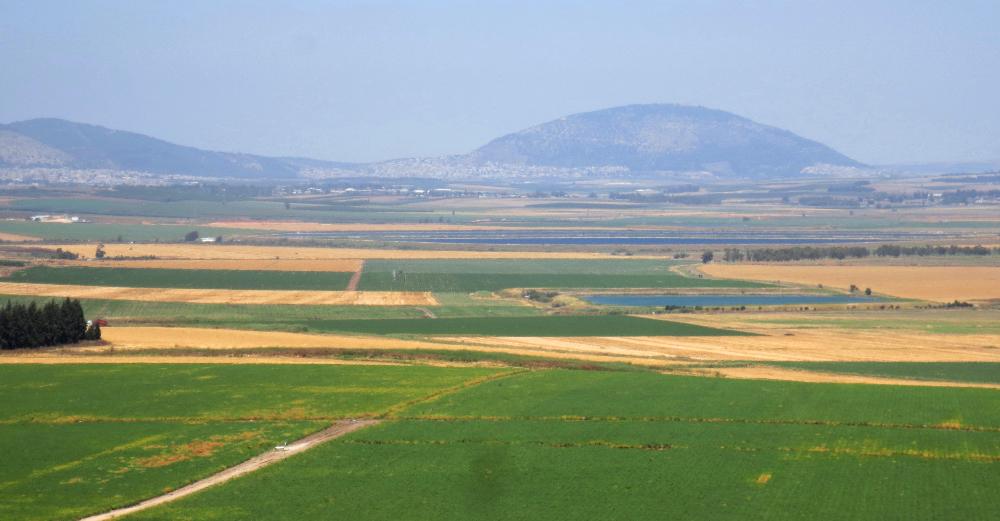
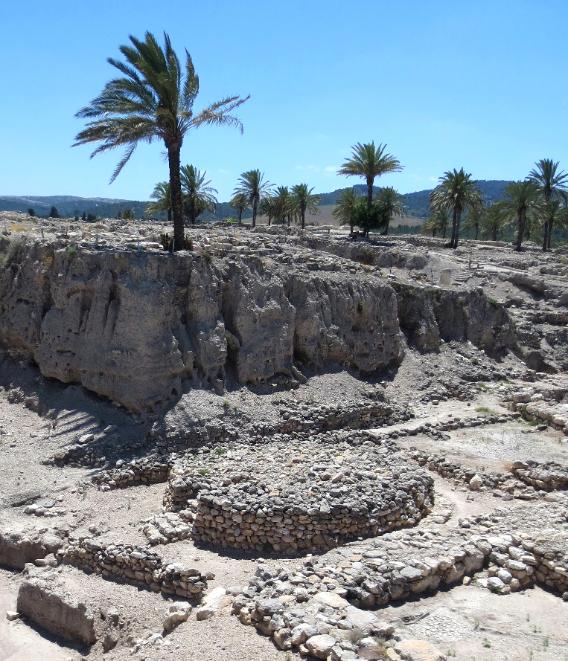
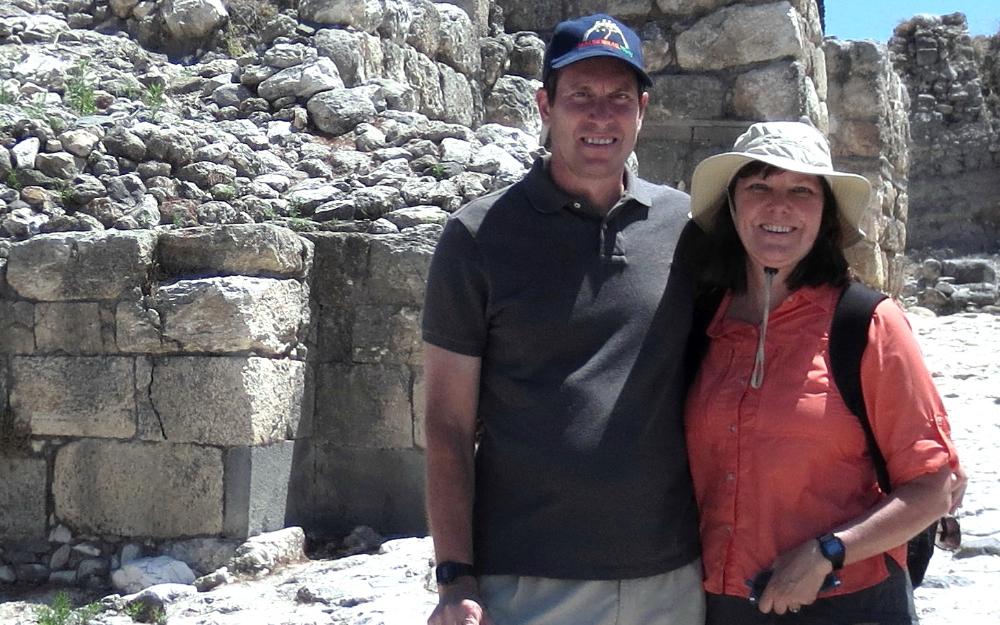
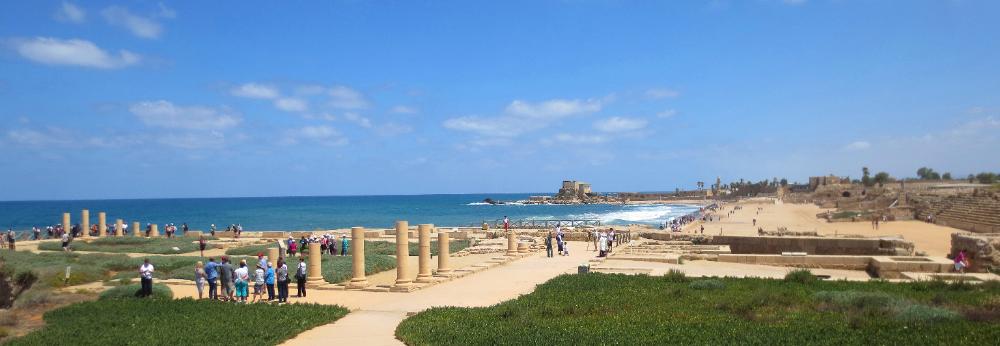
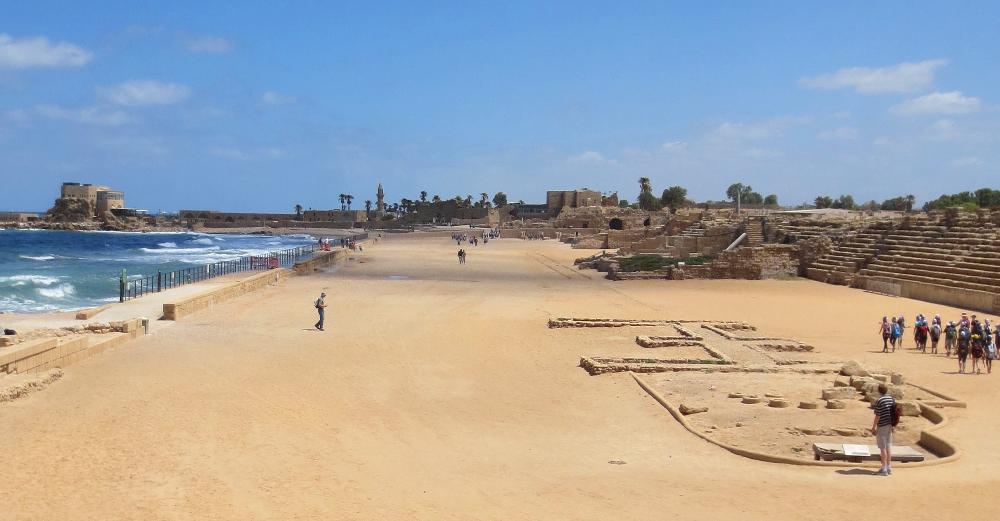
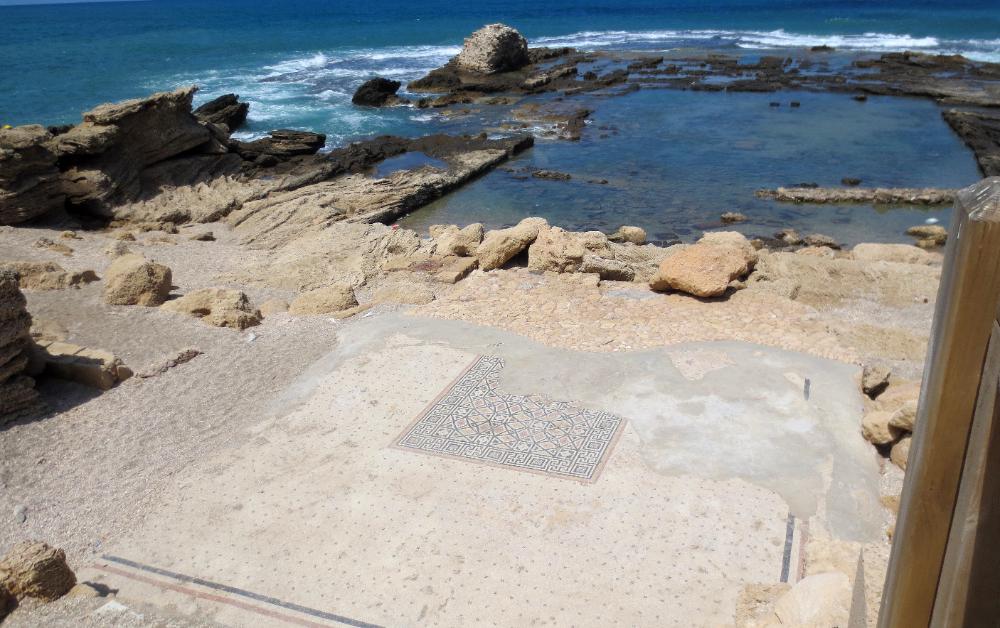
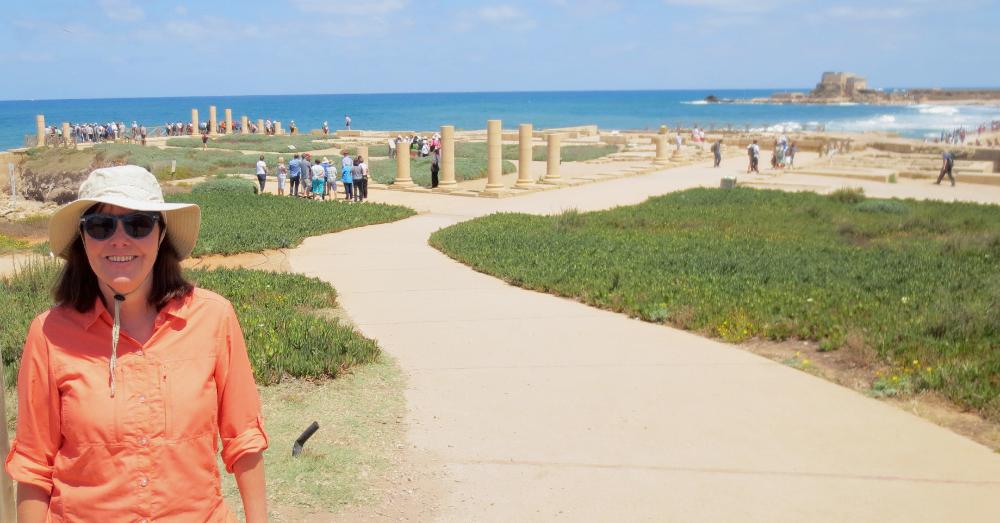
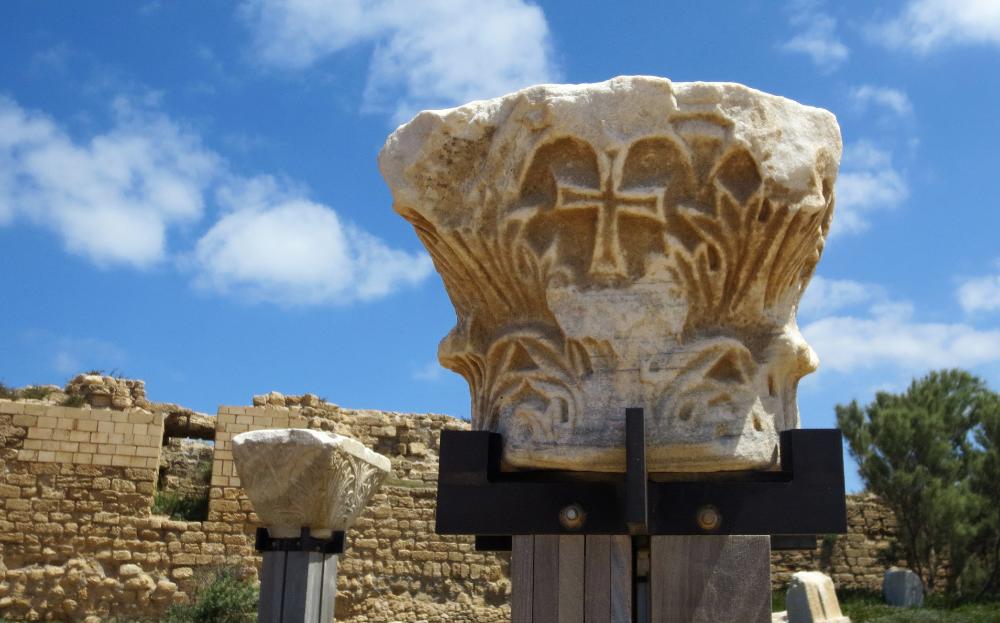
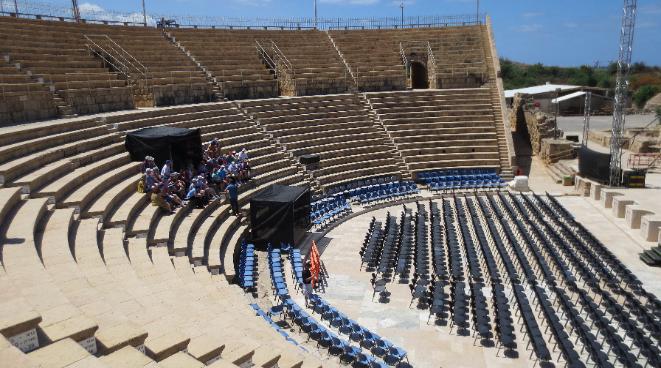
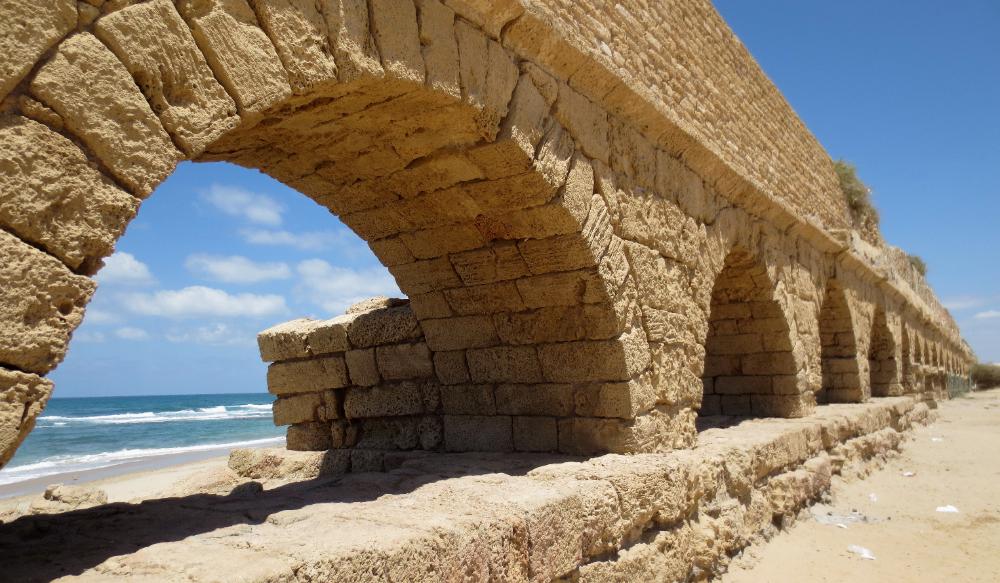
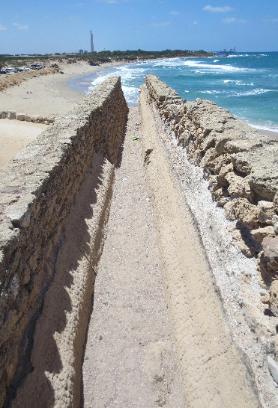
| Since Caesarea had no rivers or springs, drinking water for the Roman city came via this seaside aqueduct |
| Israel's Northern Coast |
| We've all heard of Armageddon. Well, here it is! It looks appropriately desolate and ruined, doesn't it? So many battles were fought here at Megiddo that it became the namesake for Armageddon in the Book of Revelation. |
| Megiddo was conquered so often because it sits at a strategic crossroads on the Via Mares, or Road to the Sea. It has a water source and is situated in a fertile valley. Because of its height on top of a hill, you can see in all directions if an enemy approaches. |
| Megiddo offers fantastic views of the surrounding countryside, including umbrella-shaped Mount Tabor above, also known as the Mount of Transfiguration. Jesus is said to have become radiant here and to have spoken with the prophets Moses and Elijah. |
| The city location is over 5,000 years old, and 26 layers of ruins have been unearthed here! Each layer is built on top of the previous one as Megiddo was taken and retaken, demolished and rebuilt by successive civilizations. |
| You can't ask for a lovelier location for ruins than this. Herod the Great built the impressive city and artificial harbor, dedicating it to Augustus Caesar in order to curry favor -- and perhaps justify its expense. |
| A huge arena with seating for 10,000 was used for horse racing and other sporting events during Roman times |
| The Promontory Palace with its mosaic inlay jutted into the sea and included a marvelous seaside pool |
| Pillars and foundations are all that remain of Herod's once-lavish Promontory Palace |
| Nearby are the remains of a once-great amphitheater built by Herod. It was the first theater built in Rome's eastern reaches. All of the marble had to be imported from overseas at great expense. |
| A few walls, pillars, and arches remain from the original amphitheater, but the theater itself is fully restored and used for performances to this day |
| This raised aqueduct brought water to Caesarea from the Mount Carmel area about 10 km to the northeast |
| Megiddo was one of the most important cities in the region. Just standing in the place where the final battle between good and evil is supposed to take place makes for a memorable experience. |
| Quite the setting for what amounts to Roman plumbing |
| Ever wondered what an aqueduct looks like on top? It's basically a channel that follows a gentle gradient downwards to its destination. |
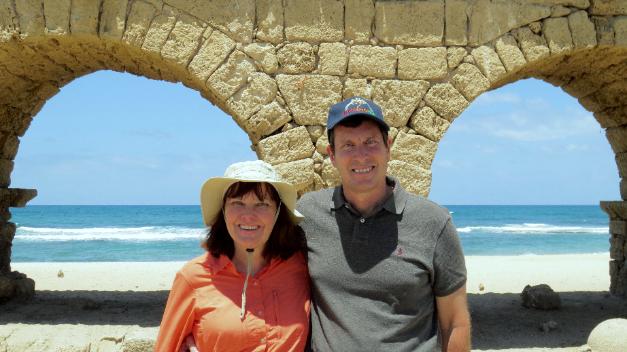
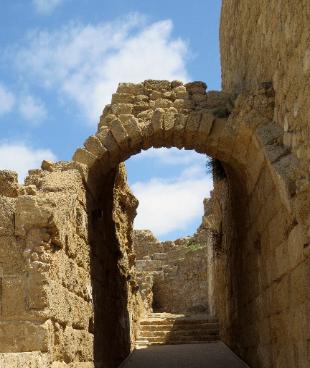
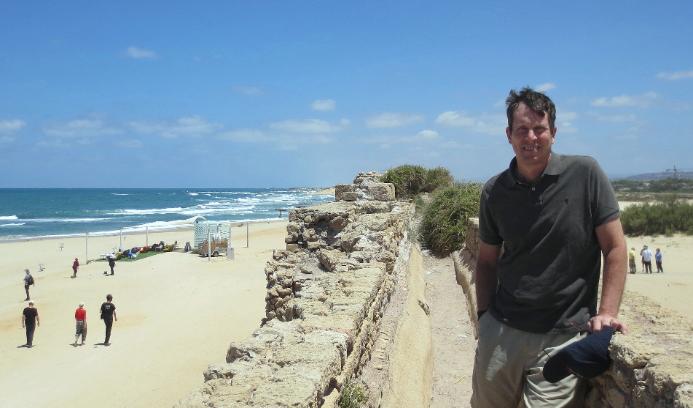
| Caesarea |
| Megiddo |
| Haifa |
| Kibbutz Lavi is located near Tiberias in the hills bordering the Sea of Galilee and makes a good base for exploring the region |
| Roughing it at a kibbutz? Hardly! Maybe at the older kind of kibbutz, but not at a modern one like Kibbutz Lav. Still, all food is kosher, and all community income goes into a single shared bank account. |
| The port city of Haifa is Israel's third largest city. This photo was taken from an overlook on Mount Carmel, once home to the prophet Elijah. To the north you can barely make out Israel's border with Lebanon. |
| Haifa is the center of the Baha'i faith. The gorgeous Baha'i shrine with its immaculate gardens is Haifa's most striking landmark. |
| We had our best falafel ever with other members of our group at the Druze village of Daliat el-Carmel. The Druze are an interesting people – Arabs with a secret religion that split off from Islam about 1000 years ago. On principle they support whoever is currently running a country, which means they're loyal to Israel and serve in its army. Druze men only become privy to the secrets of the religion after age 40. |
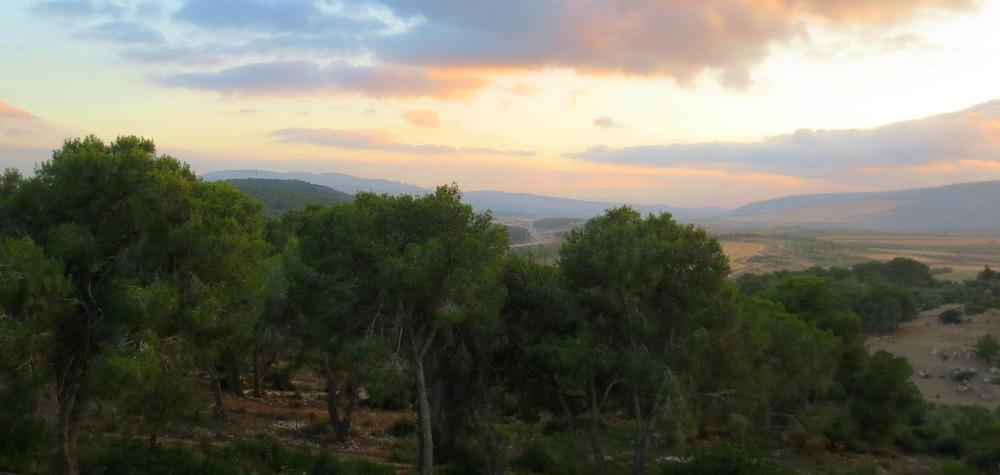
| Kibbutz Lavi |
Our tour along Israel's northern coast focused
on three main sites: the ancient port city of
Caesarea, the even more ancient battleground
site of Megiddo (aka Armageddon), and Israel's
third largest city, Haifa. Of these, perhaps the
most interesting to us was Caesarea, the ruins
of which are dramatically located right next to
the crashing waves of the Mediterranean Sea.
Here, in the decades just before Christ, King
Herod built one of the most impressive harbors
of Roman times. Sparing no expense, he used
costly imported marble to build his Promontory
Palace with pool jutting into the sea. He also
built lavish bathhouses and temples, a huge
horse racing arena with seating for 10,000, and
a grand amphitheater to boot. The artificial
harbor itself was a monumental undertaking in
its day. Much of the port was destroyed by Arab
invaders in 640 AD to keep it out of the hands
of their seafaring enemies.
on three main sites: the ancient port city of
Caesarea, the even more ancient battleground
site of Megiddo (aka Armageddon), and Israel's
third largest city, Haifa. Of these, perhaps the
most interesting to us was Caesarea, the ruins
of which are dramatically located right next to
the crashing waves of the Mediterranean Sea.
Here, in the decades just before Christ, King
Herod built one of the most impressive harbors
of Roman times. Sparing no expense, he used
costly imported marble to build his Promontory
Palace with pool jutting into the sea. He also
built lavish bathhouses and temples, a huge
horse racing arena with seating for 10,000, and
a grand amphitheater to boot. The artificial
harbor itself was a monumental undertaking in
its day. Much of the port was destroyed by Arab
invaders in 640 AD to keep it out of the hands
of their seafaring enemies.
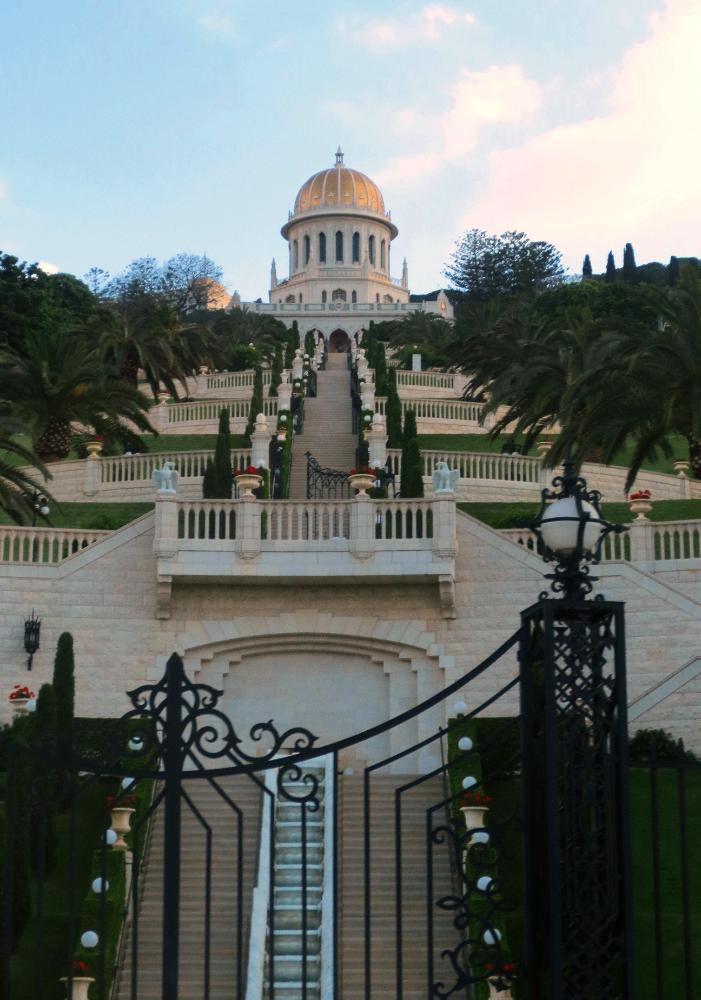
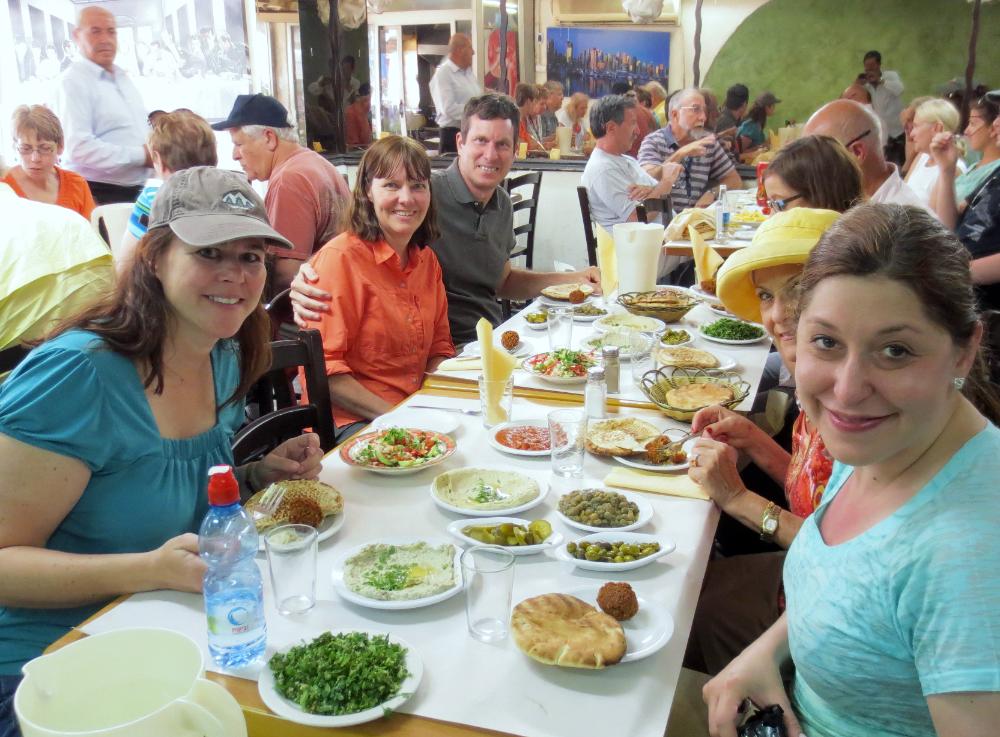
| The Baha'i shrine and gardens as seen from below |
